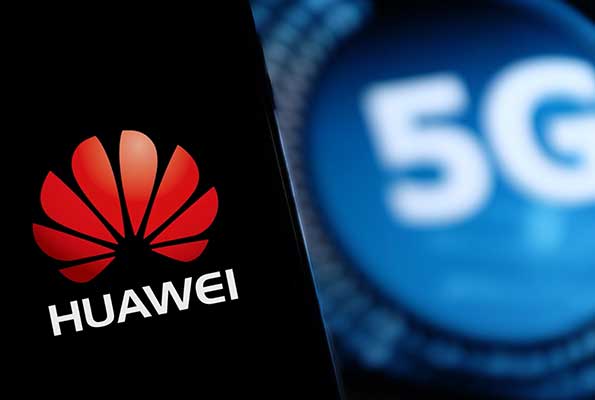Despite the export restrictions imposed upon it by the United States, China’s Huawei has produced a 5G smartphone using an advanced silicon chip on a remarkable scale of miniaturisation.
Huawei’s Mate 60 Pro is powered by a new Kirin 9000s chip that was made in China by the partly state-owned Semiconductor Manufacturing International Corp (SMIC), the analysis firm TechInsights informed the media.
Huawei’s latest smartphone processor is the first one to use SMIC’s most advanced 7 nanometre (nm) technology, a development which suggests that the Chinese government is making some headway in its attempts to build a domestic chip ecosystem.
Since 2019, the United States has restricted Huawei’s access to chipmaking tools essential for producing smartphones. Despite being a manufacturer of 5G network equipment, Huawei was previously only able to launch limited batches of actual 5G phones using stockpiled chips.
Huawei has also been banned from providing 5G network equipment in numerous countries, including those of the Five Eyes Security Alliance consisting of the United States, the United Kingdom, Canada, Australia and New Zealand, over the national security concerns raised by its ties to the Chinese government. Huawei has filed a lawsuit in Portugal against the incidents of operators in the European country being barred from using its equipment in 5G mobile networks.
Dan Hutcheson, an analyst with TechInsights, told Reuters the latest development came as a “slap in the face” to Washington.SMIC was barred by Washington in late 2020 from obtaining the necessary machines from the Dutch firm ASML. However, TechInsights said in 2022 about the Chinese venture producing 7-nanometre chips by tweaking simpler machines that it could still purchase freely from ASML. However, research firms countered the claim by stating that only 50% or fewer of 7 nm chips produced this way would turn out to be usable, versus the industry norm of 90% or more, and it would limit shipments of the resulting smartphones.
China, meanwhile, will launch a new state-backed investment fund that aims to raise about USD 40 billion for its chip sector, as the country ramps up efforts to catch up with the US and other rivals.
Huawei started selling its Mate 60 Pro phone in the last week of August 2023.
“The specifications provided advertised its ability to make satellite calls, but offered no information on the power of the chipset inside. Buyers of the phone in China have been posting teardown videos and sharing speed tests on social media that suggest the Mate 60 Pro is capable of download speeds exceeding those of top-line 5G phones,” stated the TechInsights report.
Huawei, meanwhile, will launch its ‘Watch GT 4’ on September 14 in Barcelona, in the event dubbed as ‘Wearable Strategy and New Product Launch’. The Chinese tech giant, while making the announcement about the event on x (rebranded Twitter), teased a watch dial on its poster, hinting that the new product could be a smartwatch.



